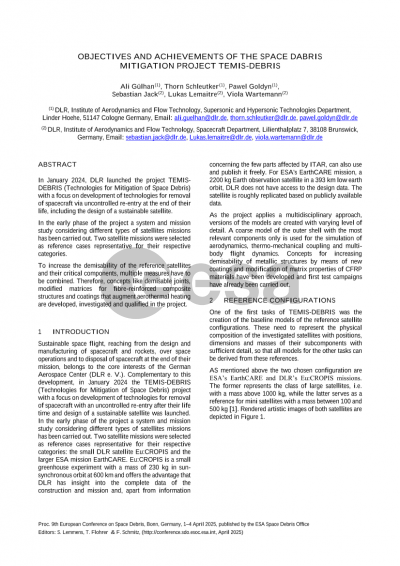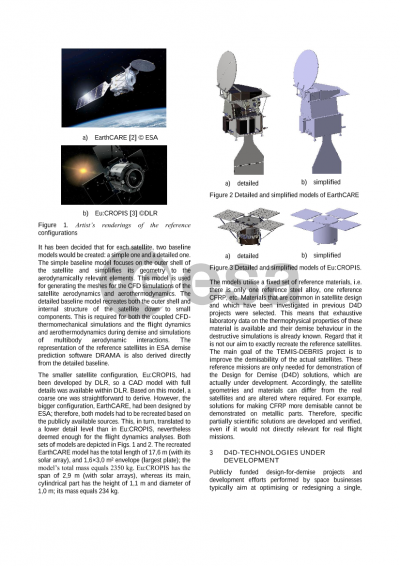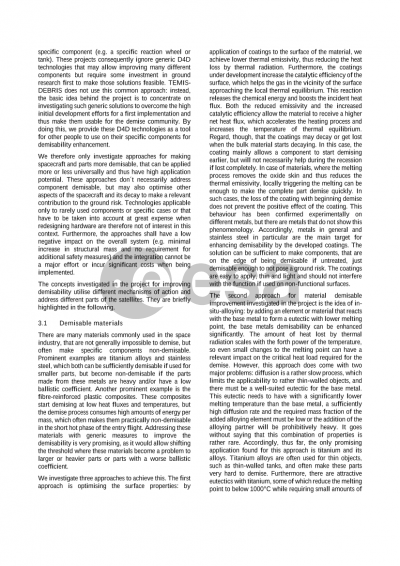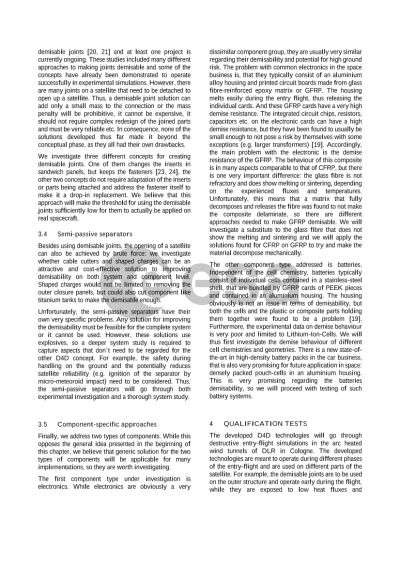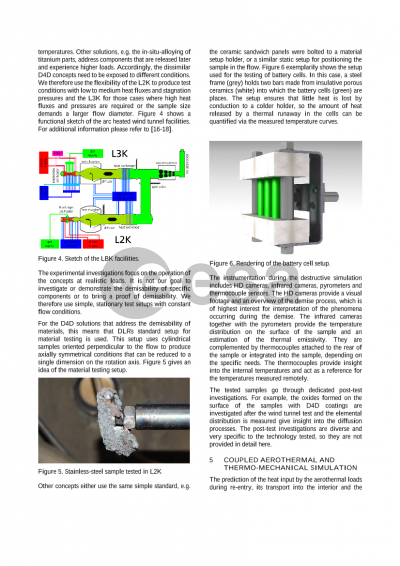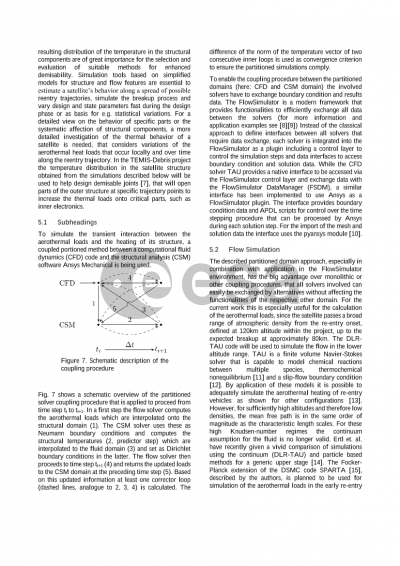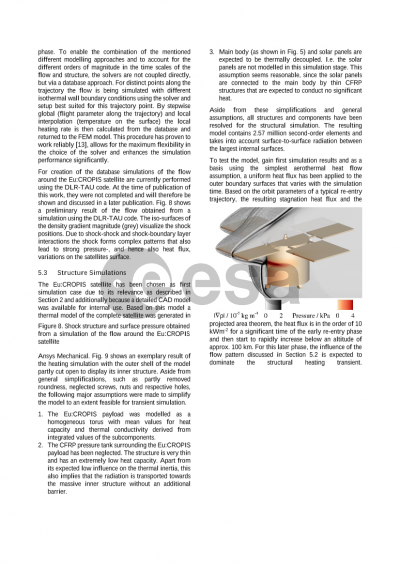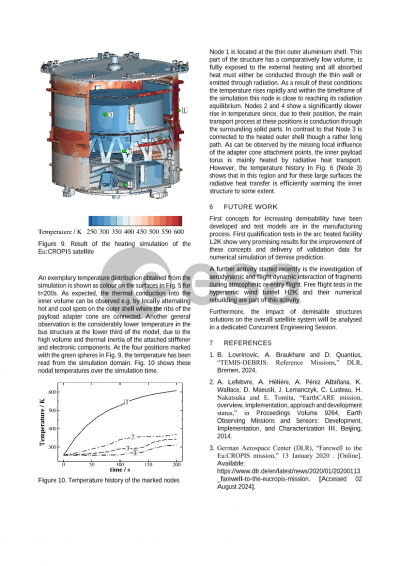Document details

Abstract
Sustainable space flight, reaching from the design and manufacturing of spacecraft and rockets, over space operations and to disposal of spacecraft at the end of their mission, belongs to the core interests of the German Aerospace Center (DLR e. V.). Complementary to this development in January 2024 the TEMIS-DEBRIS (Technologies for Mitigation of Space Debris) project with a focus on development of technologies for removal of spacecraft with an uncontrolled re-entry after their life time and design of a sustainable satellite has been launched. The development of technologies for efficient post-mission disposal compliant with the current 5-year de-orbiting rule and the 1:10 000 ground risk threshold by passive and semi-passive solutions is the core objective of the project. As the design of state-of-the-art satellites does not allow to demise all components of the spacecraft during the uncontrolled re-entry flight, novel approaches for designing spacecraft for enhanced demisability are investigated. This includes various concepts for thermally trigged demisable joints, technologies that improve the demisability of materials and components and composites with inherent increased demisability. Investigation of multi body interaction of fragments and its impact on the flight path is a further activity. Furthermore, both experimental and numerical tools will be used for the design and analysis of fully demisable satellites to improve the simulation capabilities and understanding. Ultimately, the preliminary design of a demonstrator flight mission for a fully demisable satellite will be carried out within the last year of this three-years project. The broad scope of the project requires contribution from different institutes of the DLR and using their expertise, experience and experimental and numerical tools in a complementary way.
In the early phase of the project a system and mission study considering different types of satellites missions has been carried out. Two satellite missions were selected as reference cases representative for their respective categories: the small DLR satellite Eu:CROPIS and the larger ESA mission EarthCARE. Eu:CROPIS is a small greenhouse experiment with a mass of 230kg in sun-synchronous orbit at 600km and offers the advantage that DLR has insight into the complete data of the construction and mission and, apart from information concerning the few parts affected by ITAR, can also use and publish it freely. For ESA's EarthCARE mission, a 2200kg Earth observation satellite in a 393km low earth orbit, DLR does not have access to the design data. The satellite is roughly replicated based on publicly available data. As the project applies a multidisciplinary approach, versions of the models are created with varying level of detail. A coarse model of the outer shell with the most relevant components only is used for the simulation of aerodynamics, thermo-mechanical coupling and multi-body flight dynamics. Concepts for increasing demisability of metallic structures by means of new coatings and modification of matrix properties of CFRP materials have been developed and first tests already carried out.
Preview
